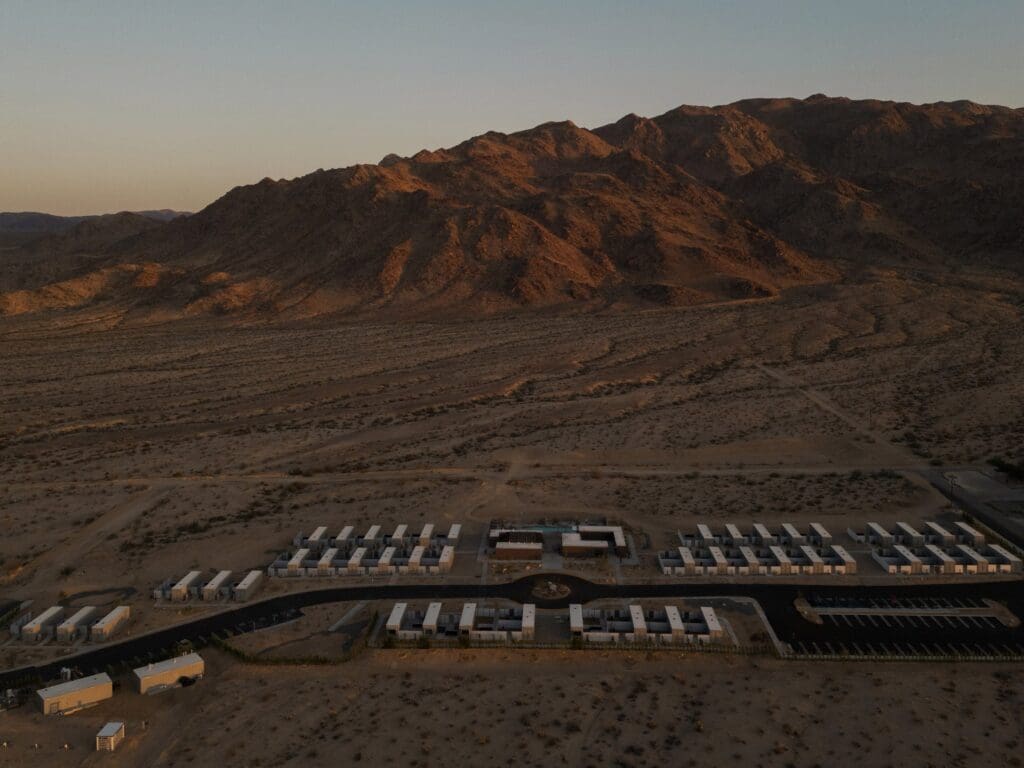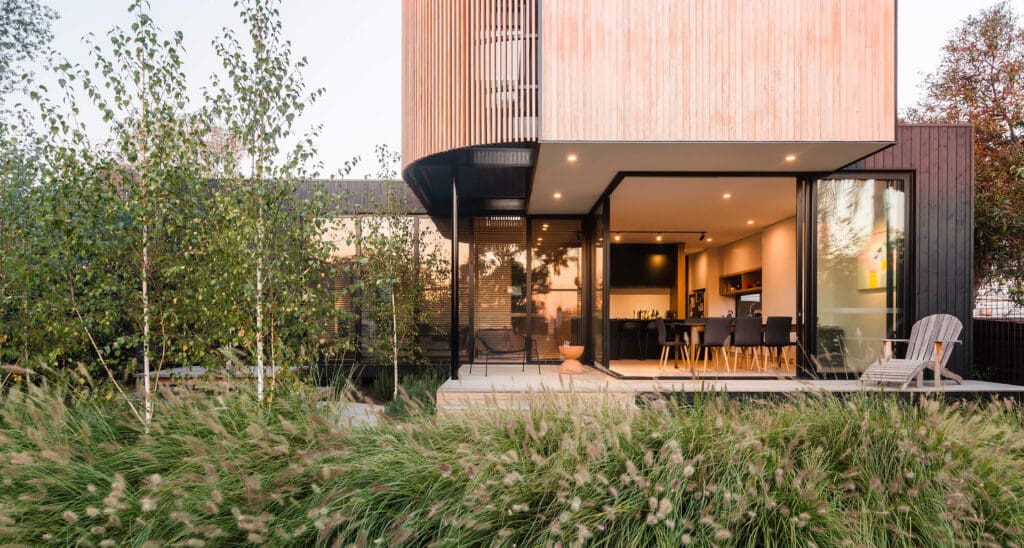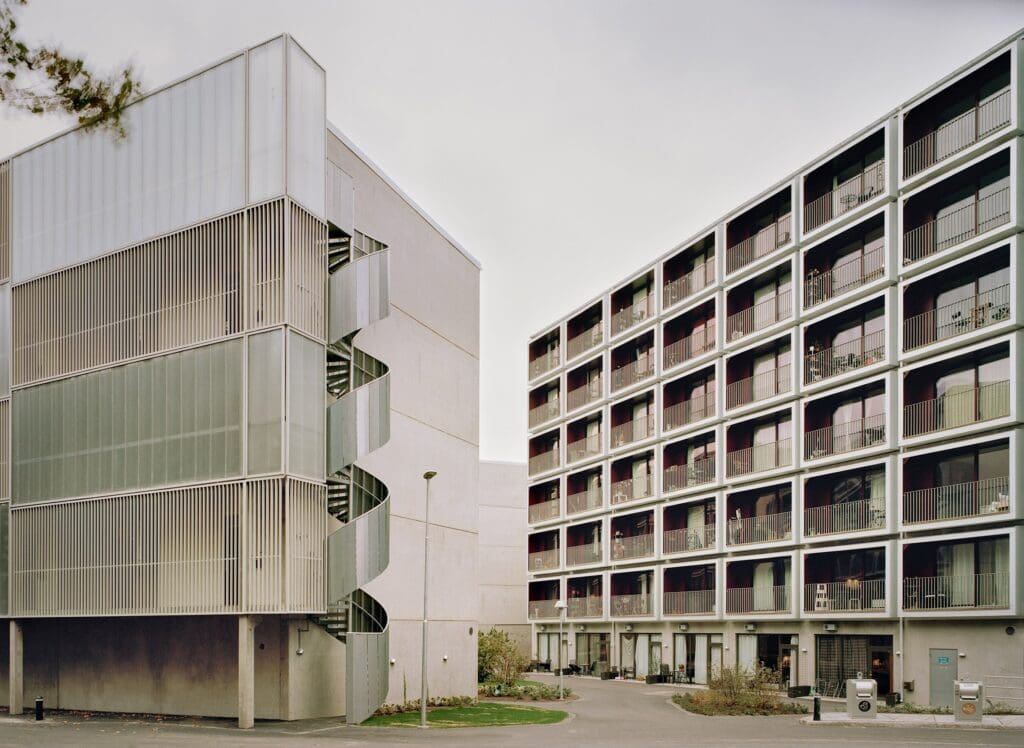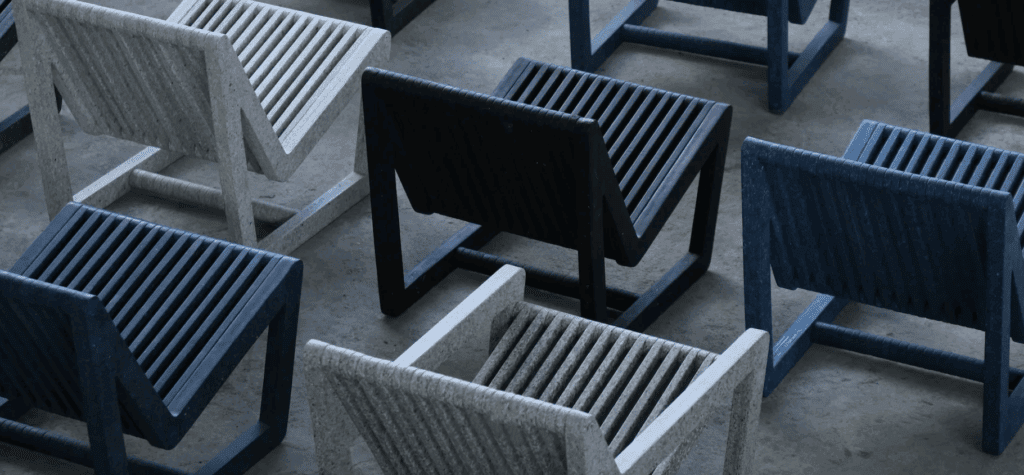Building A Modular Home In A Bushfire-Prone Area
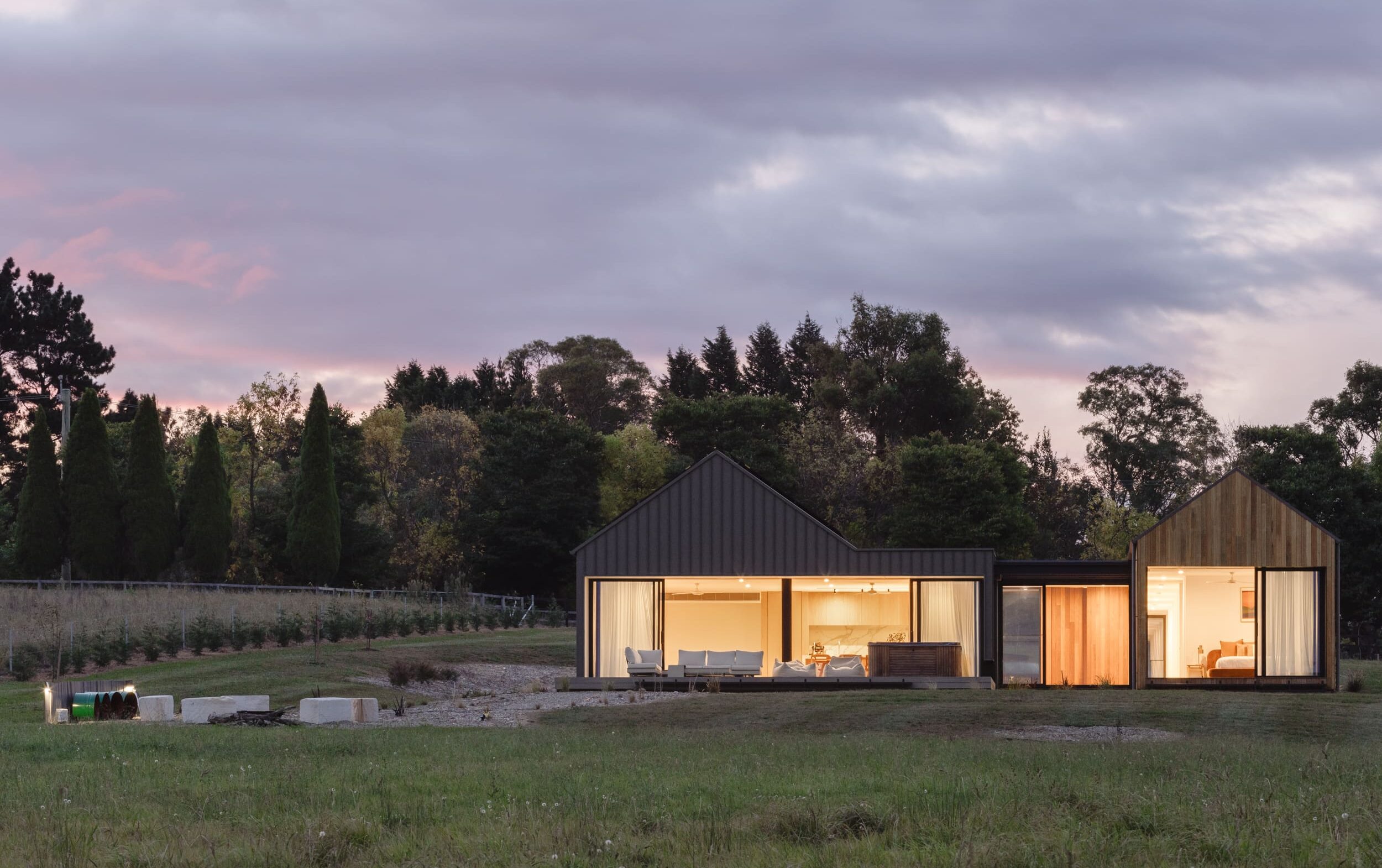
There is something truly special about living close to nature—the scent of eucalyptus, the sculptural silhouettes of native trees, the texture of the landscape, the space, the wildlife. It’s peaceful, beautiful, and uniquely Australian. Yet with this beauty comes responsibility. The growing frequency and intensity of bushfires over the past three decades has changed the way we plan and build in these regions.
At Modscape + Modbotics, we design modular homes that respond to their environment while meeting the highest bushfire standards, ensuring your home is both resilient and refined.
What is a Bushfire Attack Level (BAL)?
BAL is a nationwide standard that determines the severity of potential exposure to ember attack, radiant heat and flames. It influences what materials and construction methods must be used. BAL ranges from Low (minimal risk) to FZ – Flame Zone (highest risk).
What are the six Bushfire Attack Level (BAL) classifications?
There are six BAL classifications which form part of the Australian Standard for construction of buildings in bushfire prone areas. The classifications indicate the materials you’ll be required to use in your build.
BAL Low: Insufficient risk to warrant construction requirements – very low risk
BAL 12.5: Ember attack – low risk
BAL 19: Increasing levels of ember attack and burning debris along with exposure to heat flux of up to 19kW/m²
BAL 29: Increasing levels of ember attack and burning debris along with increasing exposure to heat flux of up to 29kW/m²
BAL 40: Increasing levels of ember attack and burning debris along with increasing heat flux of up to 40kW/m² and increased likelihood of exposure to flames
BAL FZ: Ember attack and direct exposure to flames from the fire front in addition to heat flux of greater than 40kw/m²
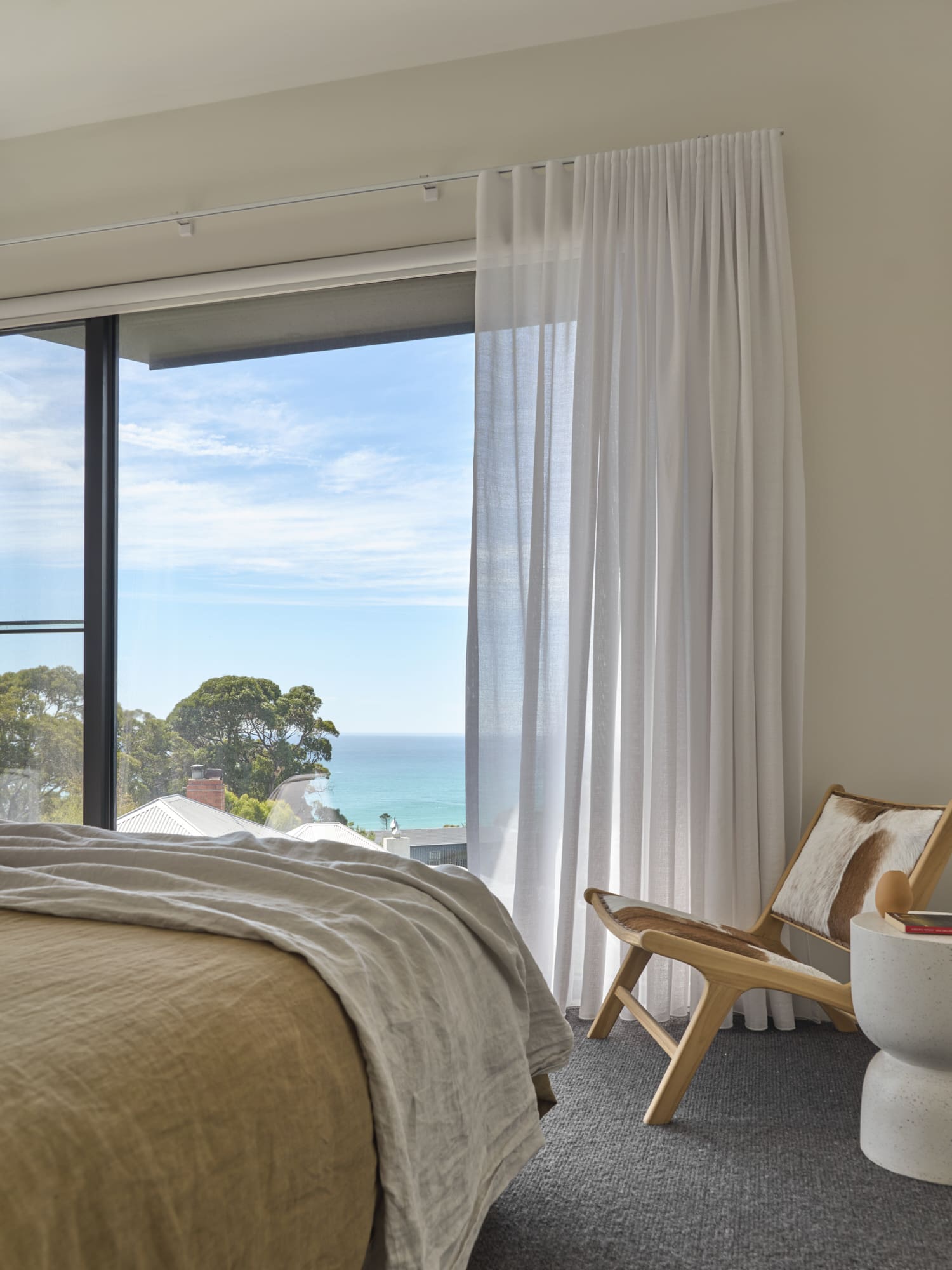
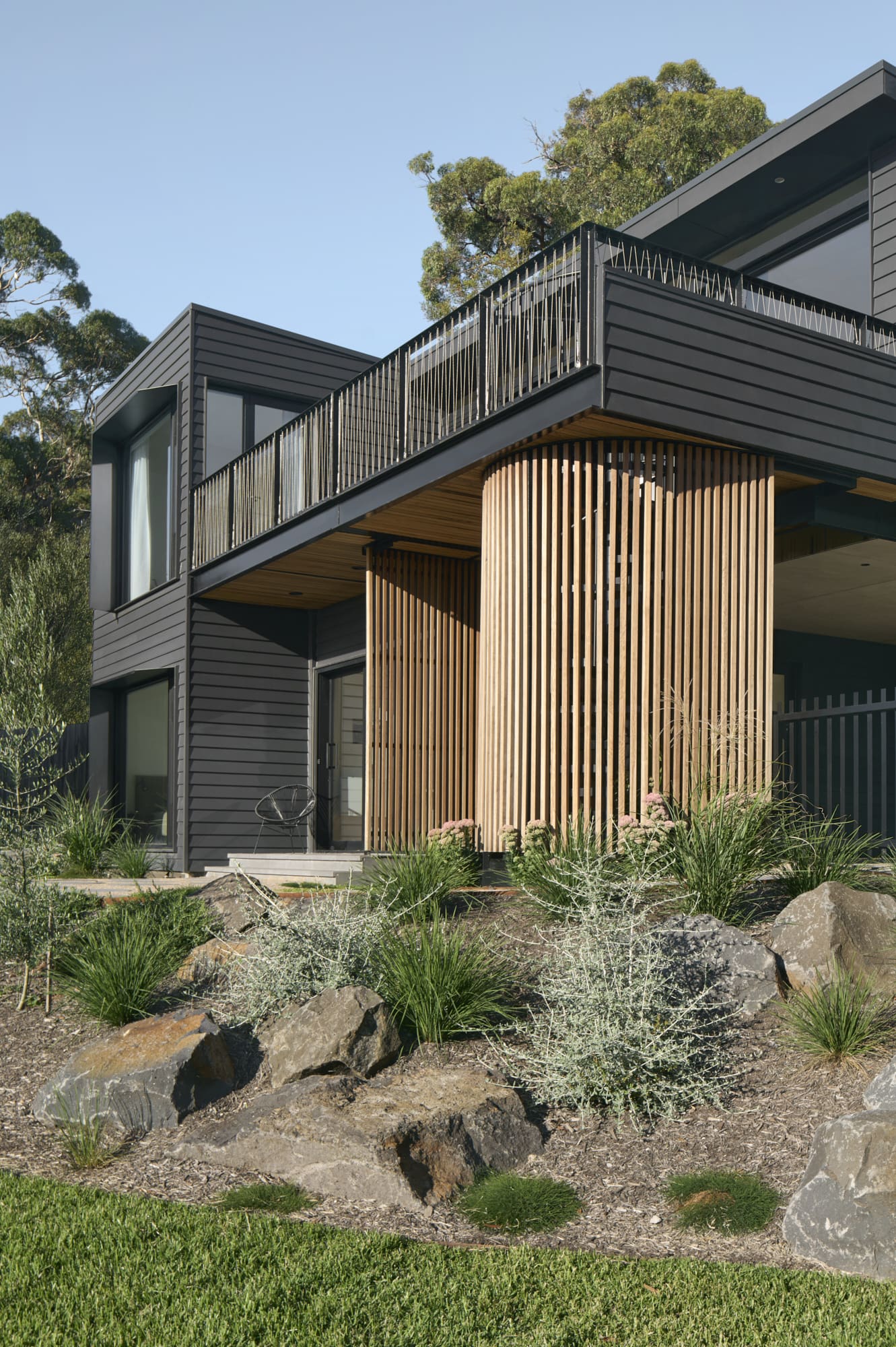
What factors determine my Bushfire Attack Level (BAL) rating?
Your location –This will include how many directions a bushfire may approach from as well as road access in and out of the property.
The type of vegetation on your property – There is no such thing as fireproof vegetation as it can all burn in extreme fire conditions. The more dense the vegetation, the more intense the flame zone is. If there is a mixture of trees, shrubs, grasses and leaf litter this can have a kindling effect allowing the fire to build.
How far your house is from vegetation – The closer the property is to vegetation, the higher the fire risk. Research into Australian bushfires has indicated that around 85% of house destruction happens within 100m of bushland. The greater the area of bushland, the greater the risk of direct exposure to flames.
The slope of your property – The topography affects the speed and spread of a fire. Fires burn faster uphill. When moving upslope, the fire dries out the vegetation ahead making it easier to burn. The steeper the slope, the quicker the fire. This is often a challenge as many favour their homes being situated at the top of a slope to maximise views.
How does Modscape + Modbotics design for BAL compliance?
A Modscape + Modbotics modular home can be built to a BAL 40 and even to the highest level of BAL FZ bushfire resistance. Each BAL rating has specific construction requirements such as ember proof flyscreens, non-combustible materials, toughened glass for windows and even bushfire shutters for BAL FZ. Building in Bushfire Prone area starts with the design of the home itself, each bespoke home is tailored to your needs and the needs & requirements of your site. Careful consideration is taken to ensure BAL compliance, whilst not compromising on style. This is achieved through considered material selections, resolved detailing and placement of the home itself.

How does BAL compliance affect insurance?
Most policies include fire cover, but it’s important to confirm bushfire inclusion and waiting periods.
Where can I find state-specific bushfire guidelines?
Victoria guidelines
New South Wales guidelines
South Australia guidelines
Queensland guidelines
Tasmania guidelines
Western Australia guidelines
Northern Territory guidelines
Australian Capital Territory guidelines


